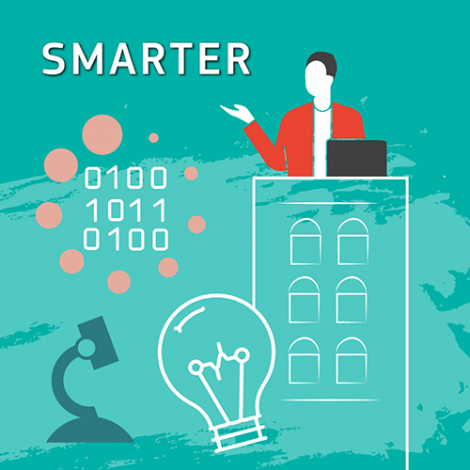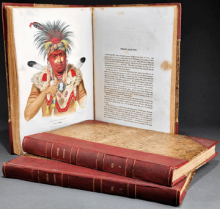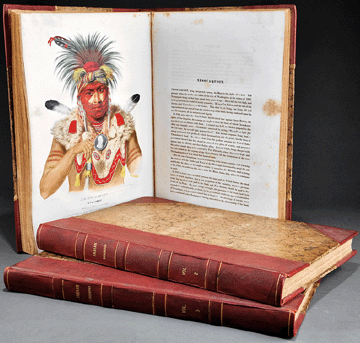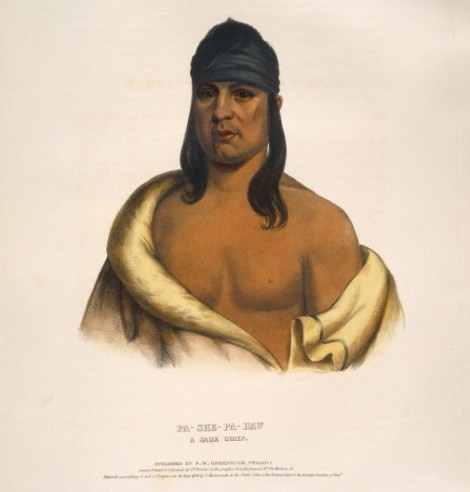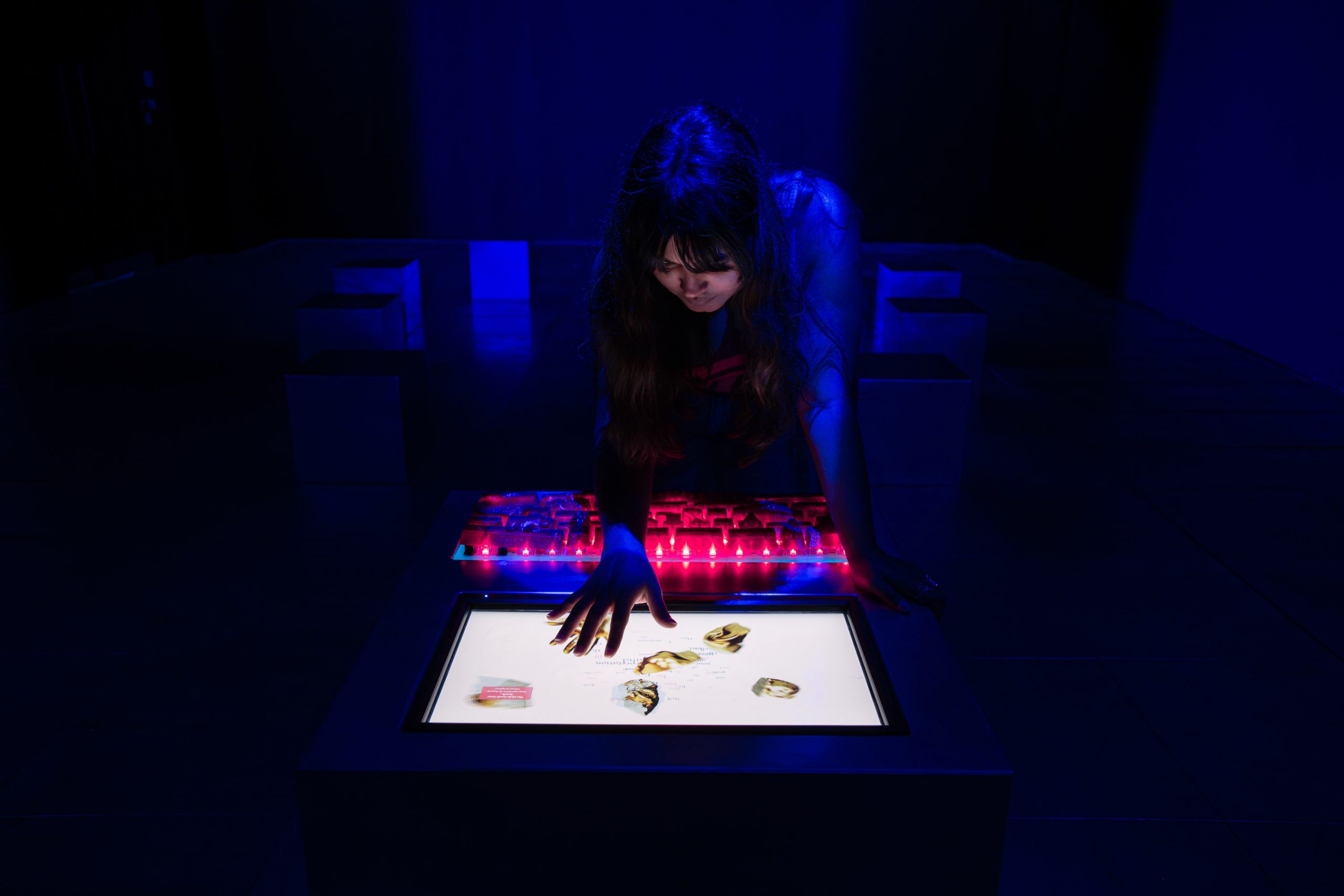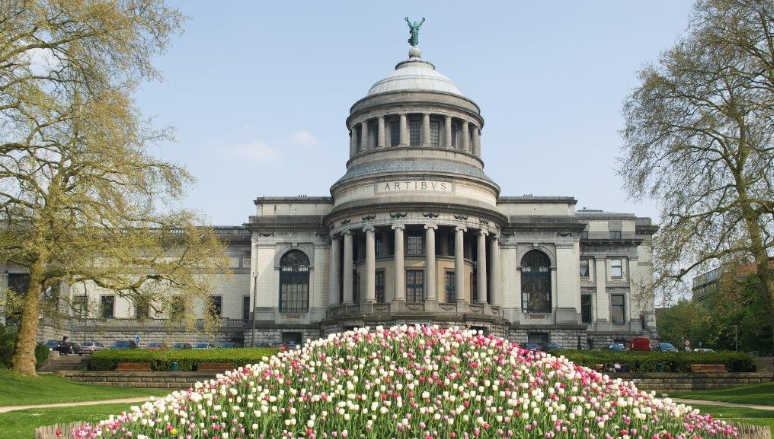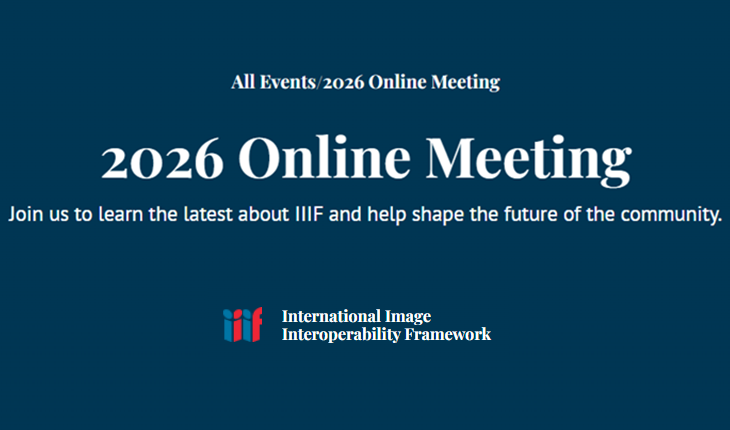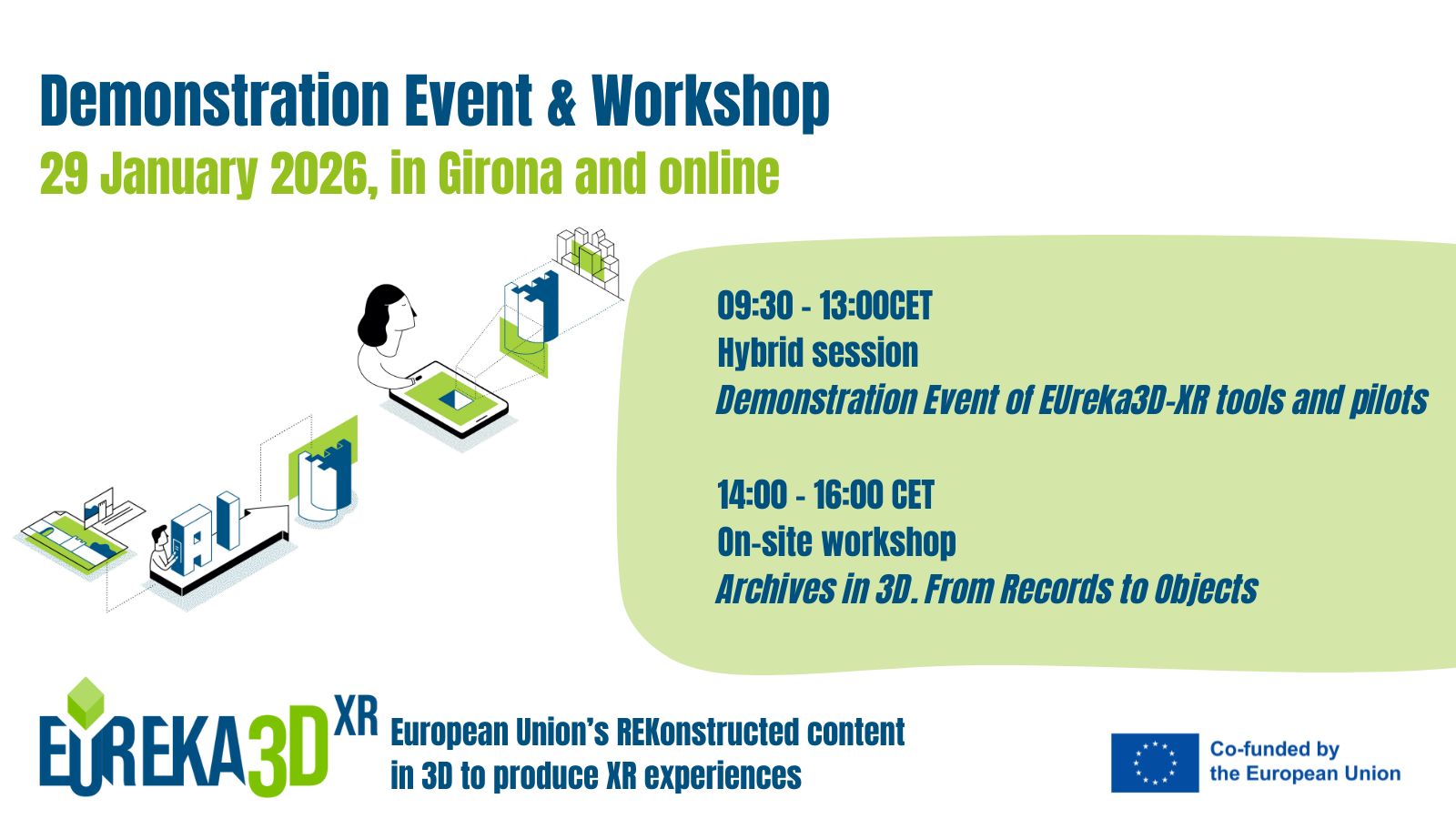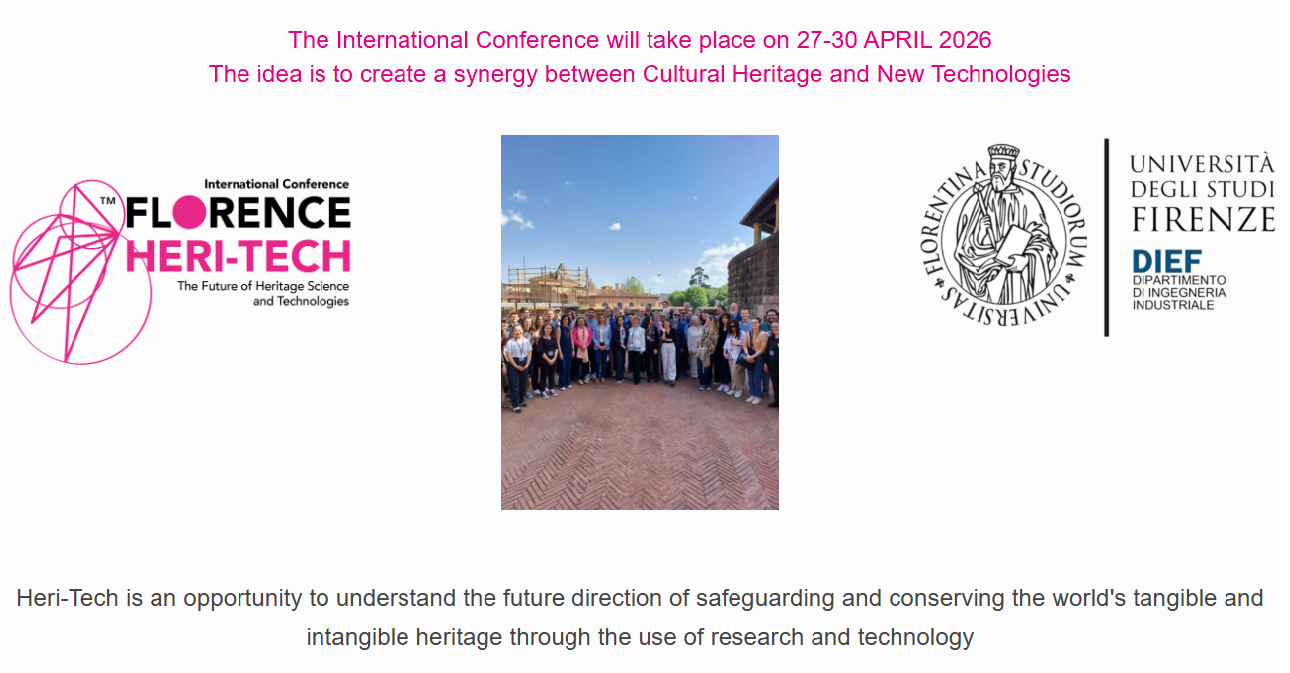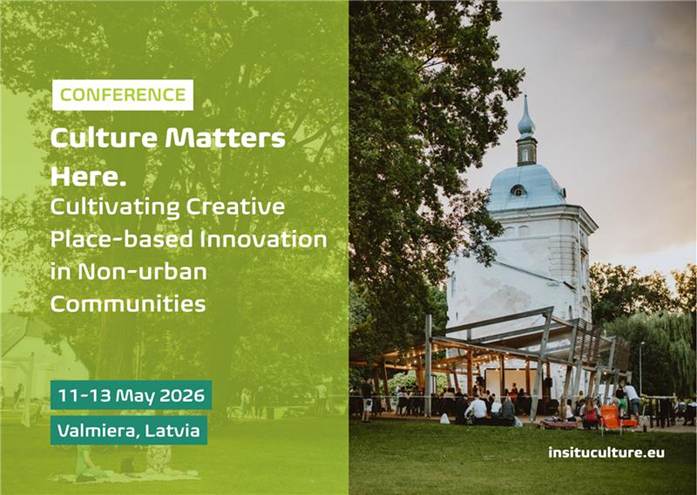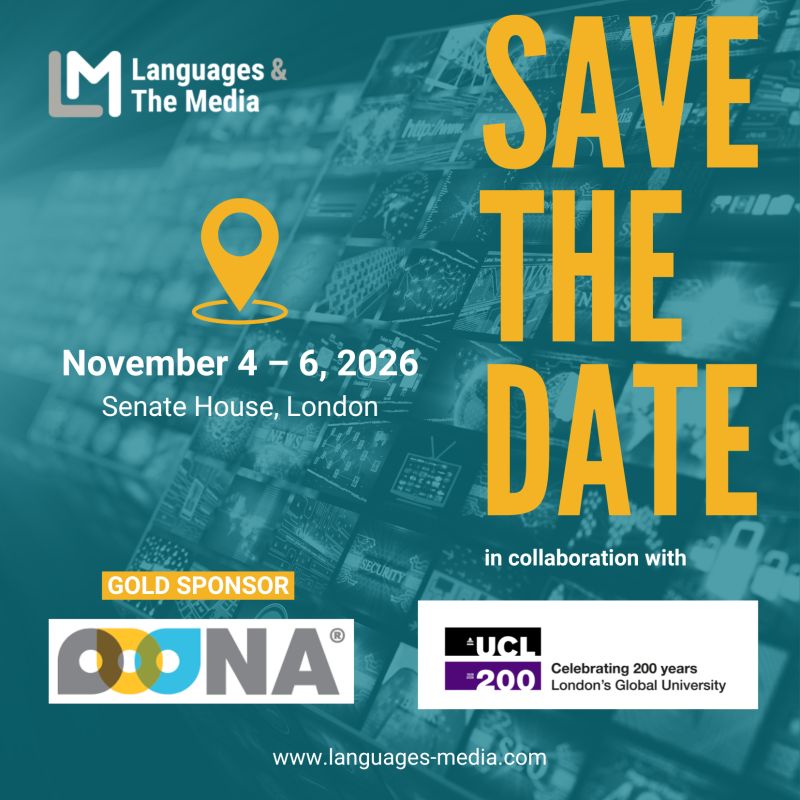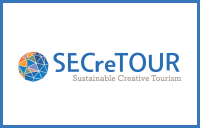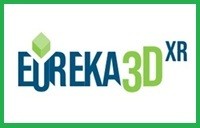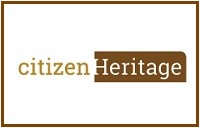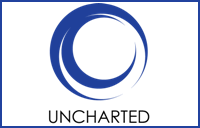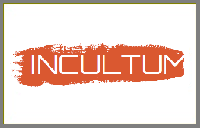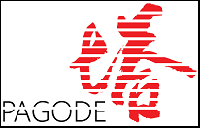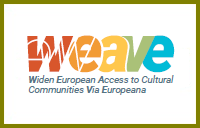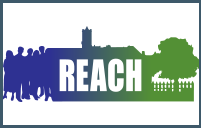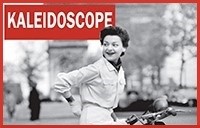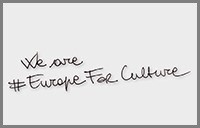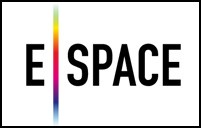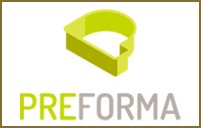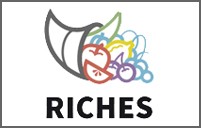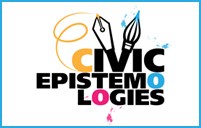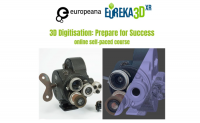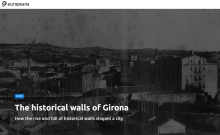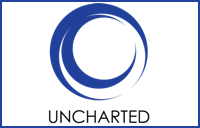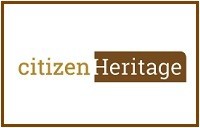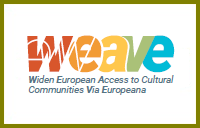the photographic work of David Seymour for the UNESCO reportage on the italian campaign against illiteracy is now online
text by Caterina Sbrana.
“General View of Rogiano Gravina. Rogiano Gravina is located around forty kilometers north of Cosenza, in the center of a very poor agricultural district. It counts close to 6,000 in habitants, and it is the most active community in Calabria in the fight against illitteracy. One thousand children in school age are attending school, reaching almost one hundren per cent of attendance, and 700 adults are coming every night to a school established by the Unione Per La Lotta Contro L’Analfabetismo with Government support.[…] The Government is building a large elementary school which in the future will replace the 42 private schoolrooms and workshops for the adults.”
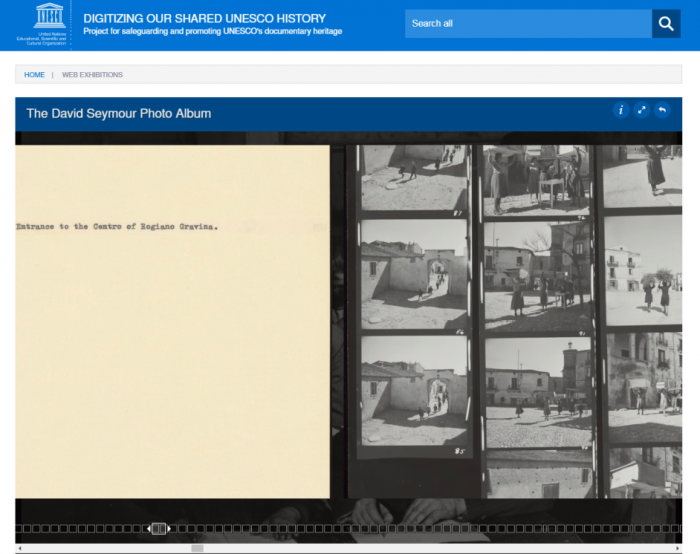
The reading of this text represents the beginning of my visit to the David Seymour Photo Album exhibition. The exhibition is completely virtual and tells the extraordinary and unique photographic work done in the mid-1900s by photographer Seymour, as part of a reportage commissioned by UNESCO on the campaign against illiteracy in Calabria, Italy.
UNESCO has decided to digitalize the small album, 78 pages of contact sheets and accompanying text, and to show it on its site, creating a virtual exhibition and therefore accessible to all.
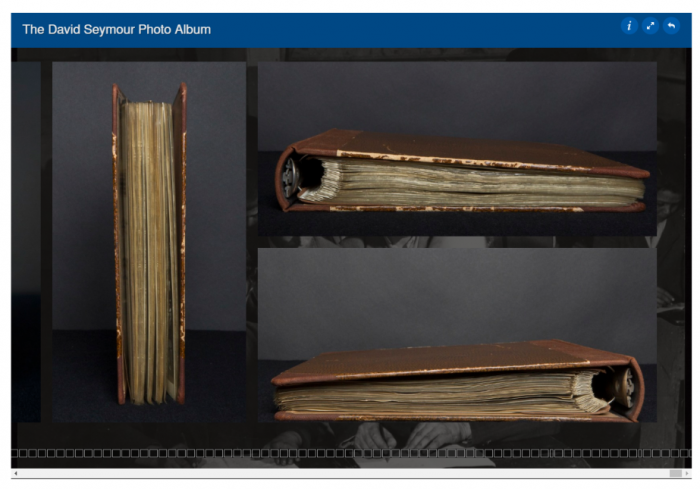
“This album is thus an invaluable document to get an insight into the way this great photographer worked. The accompanying text to the contact sheets provide an analysis of the sociological context of Seymour’s reportage commissioned by UNESCO. The ‘Seymour album’ has already become the focus of research by specialists, which will soon be made available”.
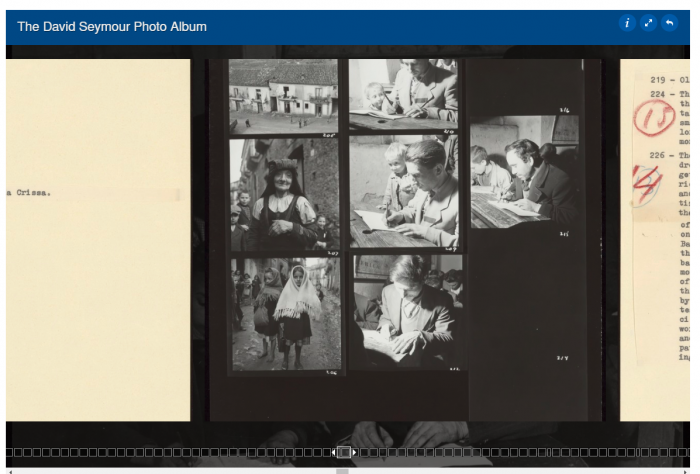
In the album we admire landscape photos, children and men at school, women, men and children engaged in daily activities such as leading the sheep to pastures or mow the lawn. It goes without saying that this is a document of extraordinary importance for the history of Italy, for the commitment in the fight against illiteracy that mostly in the south reached very high and worrying percentages.
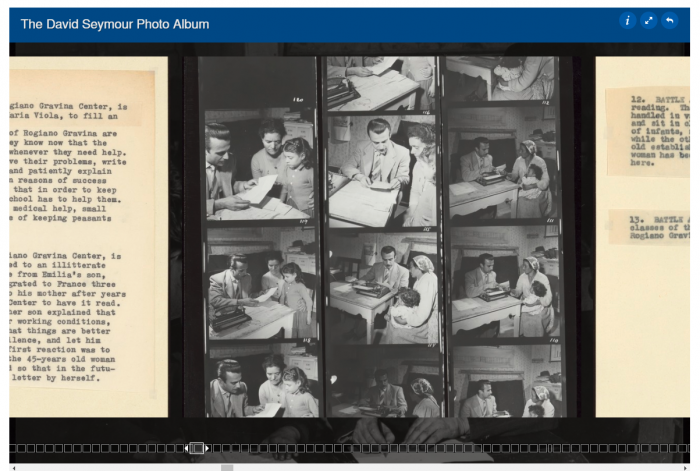
In the introduction to the exhibition we learn that “Out of the contact sheets, a number of photographs formed the final selection to illustrate an article published in the UNESCO Courier (Vol. V, No 3, March 1952, pp. 1-5) on the fight against illiteracy in Calabria. The author of this article was no less than Carlo Levi, who had become internationally famous by the publication, in 1945, of his novel, Christ Stopped at Eboli, dealing with issues such as the ‘North-South divide’ in Italy and populations in need of economical and, indeed, educational support. UNESCO was thus employing major artists and intellectuals of the time to mobilize public opinion on domains fundamental to its mission”.
I think it is necessary to appreciate the great work that UNESCO is carrying out in the field of digitisation of a cultural heritage that must be accessible to all. “The ‘Digitizing our Shared UNESCO History’ project has been the opportunity for a survey of the audio/visual collections of which the UNESCO Archives have only recently become responsible”. This exhibition is an extraordinary example.
Visit the online resource: https://digital.archives.unesco.org/en/web-exhibitions/detail/b6e64203-92d1-4c02-8cc9-0c59de7ac54f
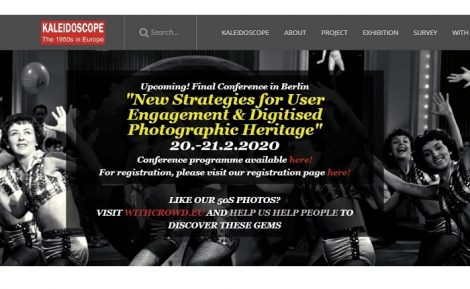


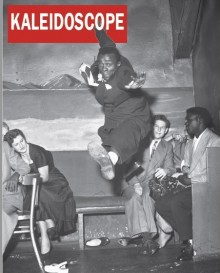


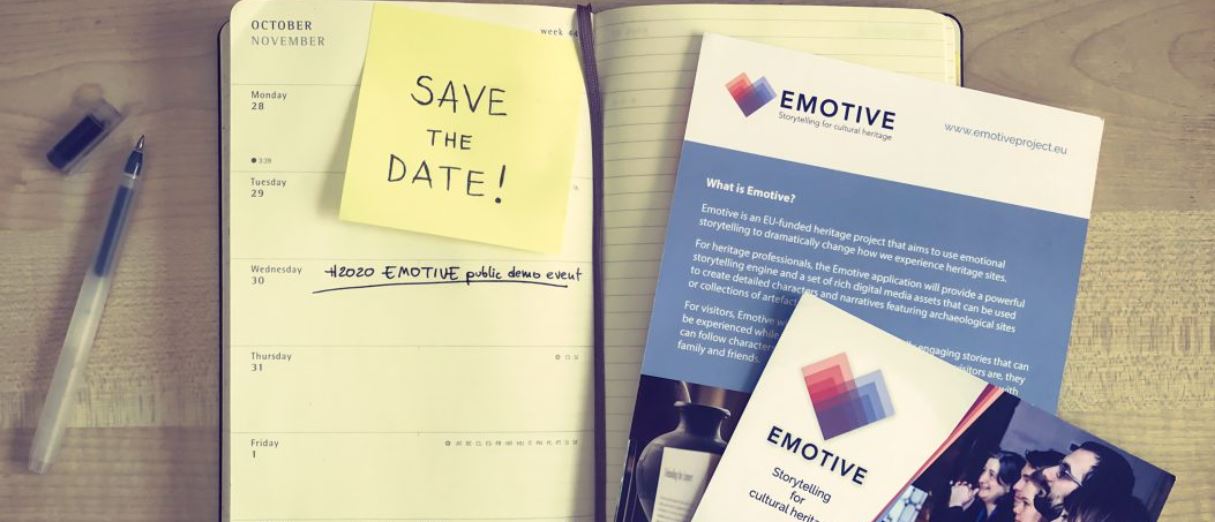

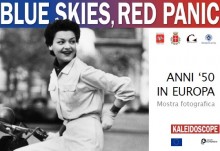
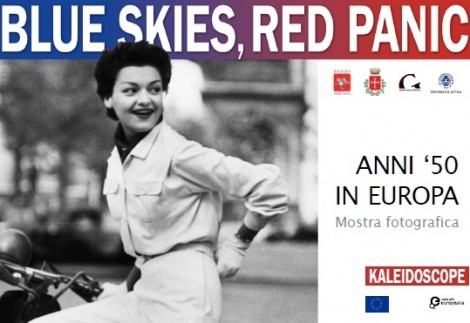



















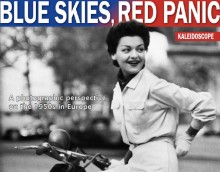
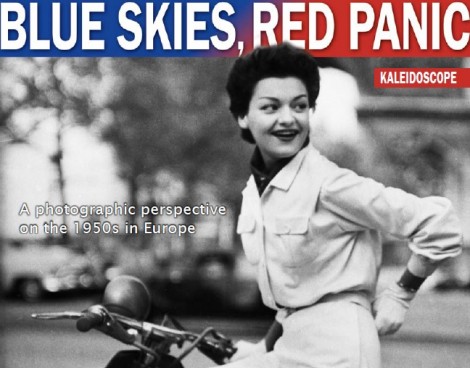 Much like scents, flavours and music, photographs are powerful triggers of memory. So what better medium to recall a past as recent and as visually recognizable as early postwar Europe…? For about a year, the consortium involved in the EU-funded project ‘Fifties in Europe Kaleidoscope’ has been diving into collections of libraries, archives and commercial agencies across Europe, to trace the tracks of the fifties in photography.
Much like scents, flavours and music, photographs are powerful triggers of memory. So what better medium to recall a past as recent and as visually recognizable as early postwar Europe…? For about a year, the consortium involved in the EU-funded project ‘Fifties in Europe Kaleidoscope’ has been diving into collections of libraries, archives and commercial agencies across Europe, to trace the tracks of the fifties in photography.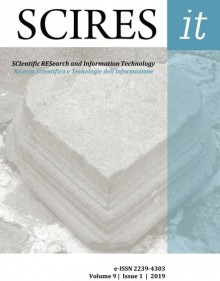
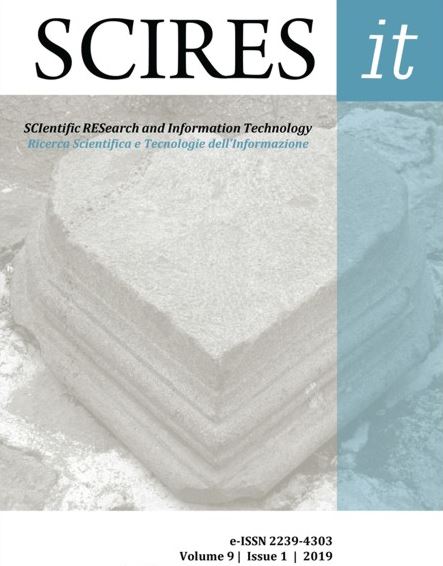 The article, written by Prof. Neil Forbes and Prof. Silvana Colella (both from Coventry University, REACH project coordinator and leader of the sustainability and resilience Work Package) went on-line last Saturday, in the Special Edition of the SCIRES-IT Journal titled “European Year of Cultural Heritage 2018. A laboratory for heritage-based innovation”.
The article, written by Prof. Neil Forbes and Prof. Silvana Colella (both from Coventry University, REACH project coordinator and leader of the sustainability and resilience Work Package) went on-line last Saturday, in the Special Edition of the SCIRES-IT Journal titled “European Year of Cultural Heritage 2018. A laboratory for heritage-based innovation”.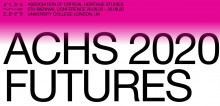
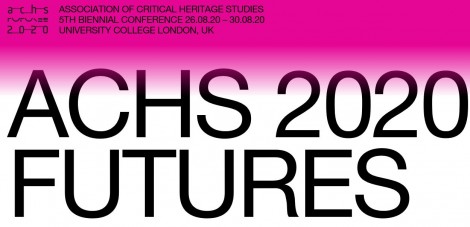





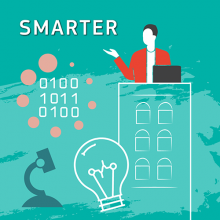
 Within the framework of this event will be the workshop “Smart Specialisation and the Heritage City”organized by the H2020 project
Within the framework of this event will be the workshop “Smart Specialisation and the Heritage City”organized by the H2020 project 